Tips for Full-Time Travel
I can’t say when it happened, but somewhere between meeting my now-wife Rachael and when we got married, we decided that full-time travel was right for us. I can’t say what started the conversation or what the final deciding factor was for us to quit our jobs and travel full time. I can, with a fair amount of confidence, give advice about leaving your stable life and embarking on a life of full-time travel. Here are five tips that everyone should see before hitting the road.

Have a Financial Safety Net
For me, the hardest thing about full-time was living on a tight and limited budget with a lifestyle that lends itself to breakdowns, cuts and bruises, and other unexpected expenses was the fear that something catastrophic would happen and we would be SOL. When we started building our bus, we began saving back money every month to have a sort of safety net for when we inevitably stopped traveling.
This bucket of money was a doomsday fund that if our rent house burned down, our bus was stolen, and our families abandoned us we would have enough to rent an apartment or small house and get settled somewhere new. If the worst never happened, it can never hurt to have a little bit of cash in the bank for a rainy day. Keep in mind, this is above and beyond the monthly expenses that we were saving to be able to travel, maintain our vehicle, and live normal lives.
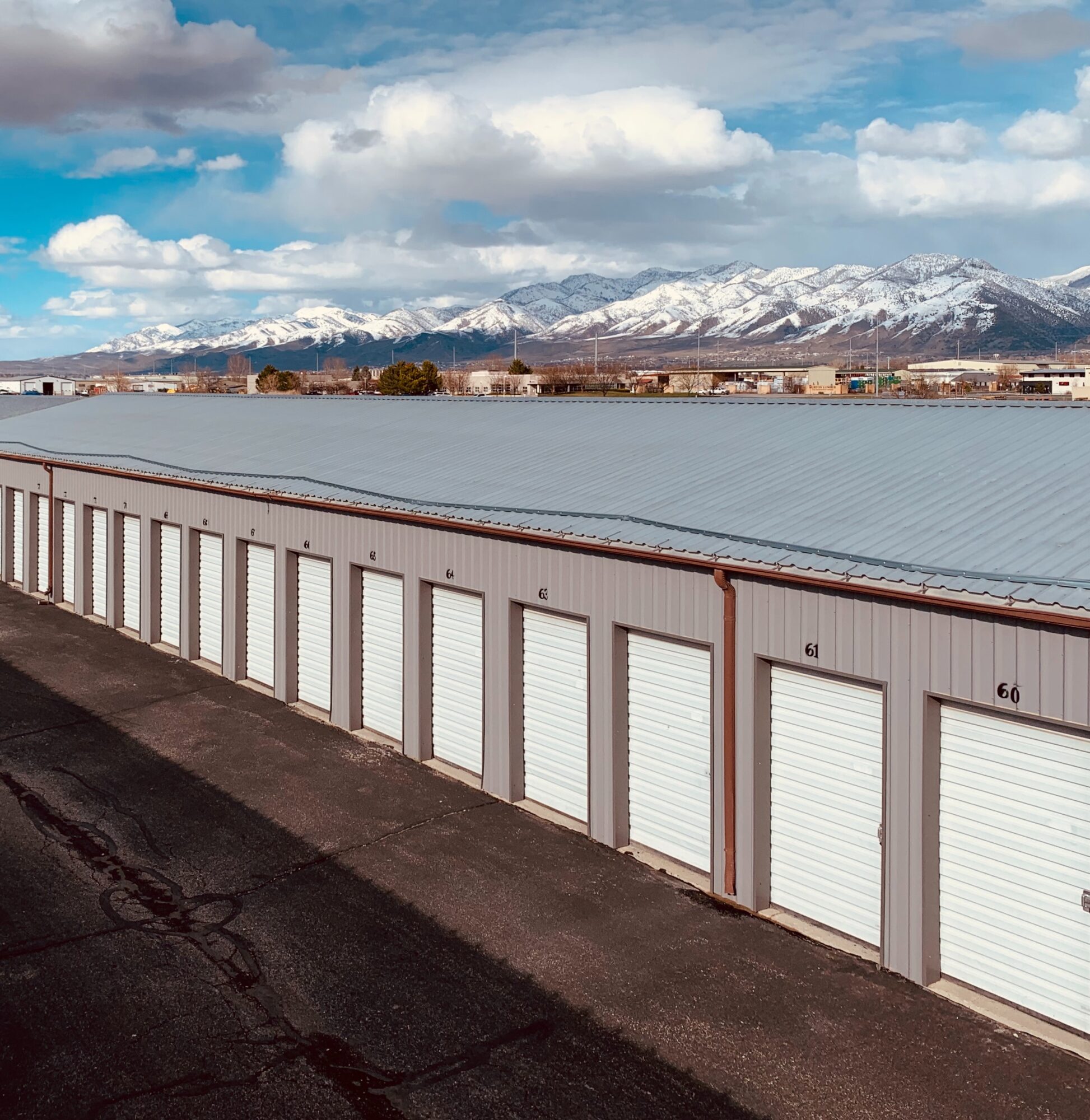
Maintain a Storage Unit Somewhere
There will be some folks that disagree with this one and that’s okay. We LOVED having a storage unit at our rental property for a couple of reasons. Primarily, our first bus was tiny and our second bus won’t have much more storage space so there were a lot of items that we would need eventually but we didn’t have space for.
We would store things like skis and snowboards, tools and equipment, and other miscellaneous things that we could stop by and pick up on our way across the country or have a family member ship us something if we needed it badly enough. Every seven or eight months we would buzz by our home, check on the property, see family and friends, and switch out our seasonal gear and pick up anything that we needed from the shed.
A second reason for keeping a storage unit was that we knew that full-time travel would not be our life forever. Eventually (we will let you know when we get there), we would want to settle down somewhere and have family heirlooms and hand-me-downs, tools for a garage, and a lot of the recreational equipment that we have accumulated over the years ready to go. When the coronavirus essentially cut our income in half, we were thankful that we didn’t have to buy all new furniture and restock our house.
Storage units are extremely affordable and in our area can be had for around $250 per year. Better yet, locate that family member that has a barn or a large attic and ask to rent space from them. They will likely give you a below-market deal and you will have a reason to visit more often.
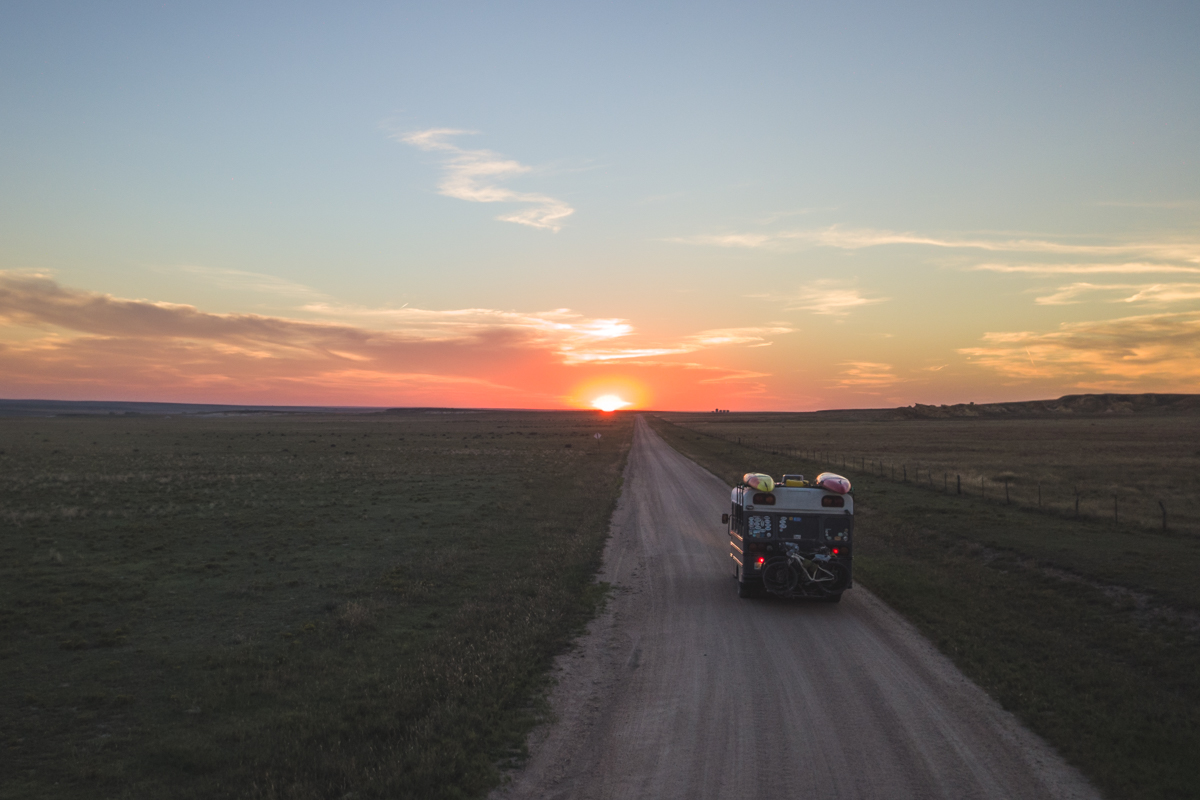
Plan as Little of Your Route as Possible
This may seem counterintuitive, but when planning your travels, and you should plan some of your travels, it is best to leave some things unplanned. For example, neither of us had spent substantial time in Utah before we left and we knew there was a lot to see so we scheduled ten days in Utah to soak it all in. When we arrived, we realized that we had made an error and ended up staying an entire month in the state. If we had created a rigid schedule, our stay in Utah could have completely unraveled our trip, but because we were flexible, we were able to accommodate more time in that area. To this day, that month in Utah is one of the single greatest months of our lives.
We found it much easier to keep a list of highlights that we wanted to see or general areas that we wanted to visit and each month or so we would review this list to see what made sense.
While traveling, understand that you will never see everything on every trip. We continually reminded each other that this first leg of our travels was a test run to visit new places and keep a list of areas that we wanted to return to. Sometimes you will make a choice and miss epic and beautiful places and your friends will later shame you for passing up such cool things.
We had spent a week in Southern California and we were itching to get back to the mountains and ultimately into Yosemite National Park. We found ourselves in Lake Isabella, CA with a decision to make. We could follow the 395 along the Eastern Sierras or climb up to visit Sequoia and Kings Canyon National Parks. Because of the heat wave that we were experiencing, we chose to stay along the western side of the Sierra Nevada and although we missed some beautiful areas, we also saw some pretty great things on our route. Better yet, we now have an area of California that we want to explore when we get a chance.
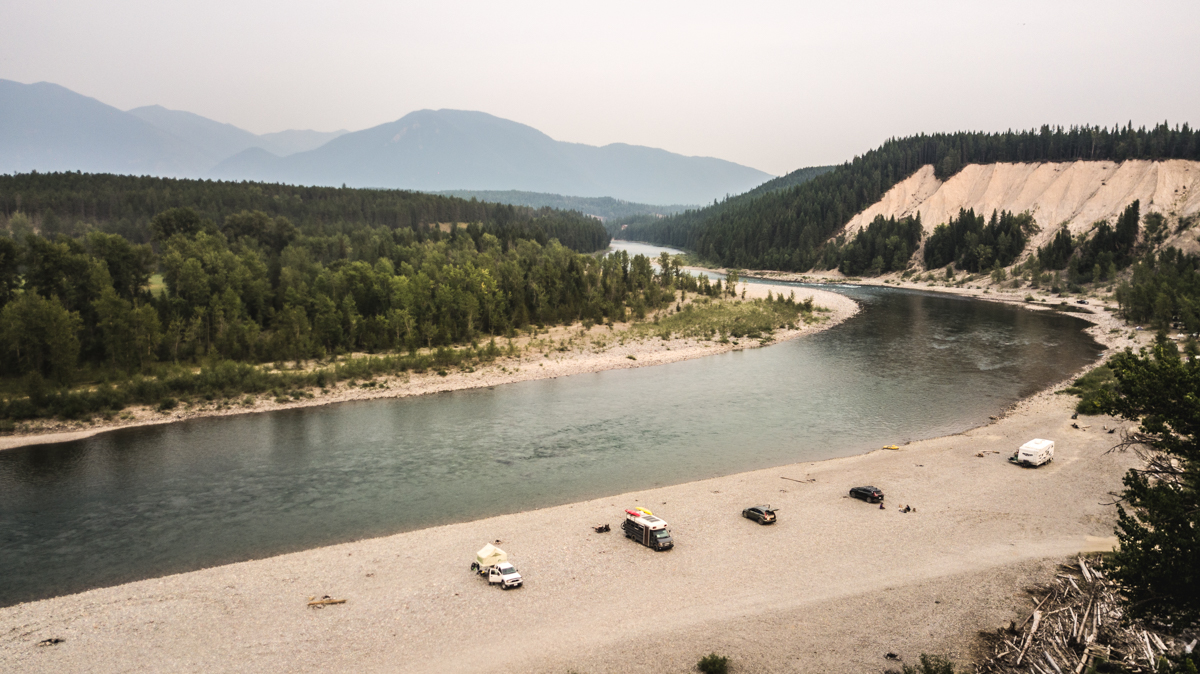
Avoid the Campgrounds
One of the most amazing parts of our time on the road was spending as many nights in free campsites as we could. This goal was mostly out of necessity as we had a pretty tight budget and it seemed silly to spend $30 or more per night on a place to park around a bunch of other people. We built our bus to be mostly self-sufficient so we planned to use that sufficiency every chance we got. Remember that month in Utah, we paid for exactly one campsite the entire month. The campsite that we paid for was Island in the Sky campground in Canyonlands National Park and it was completely worth it!
North America is covered in public lands and free or cheap campsites that often don’t even require a reservation. Sometimes these free campsites are epic and beautiful, like many of the places we camped along the Baja Peninsula. Other spots look a lot like a Wal-Mart parking lot and that’s okay too. We encountered people that we knew in a Wal-Mart parking lot in Montana, we had met them at the bottom of the Grand Canyon three months earlier.
There will be nights where you simply need to plug in and run the air conditioner or when splurging on a hotel room just makes life a lot easier. Do it. Don’t feel bad or like you aren’t a full-timer. Everyone gets tired of full-time vehicle-based travel at some point-embrace it.
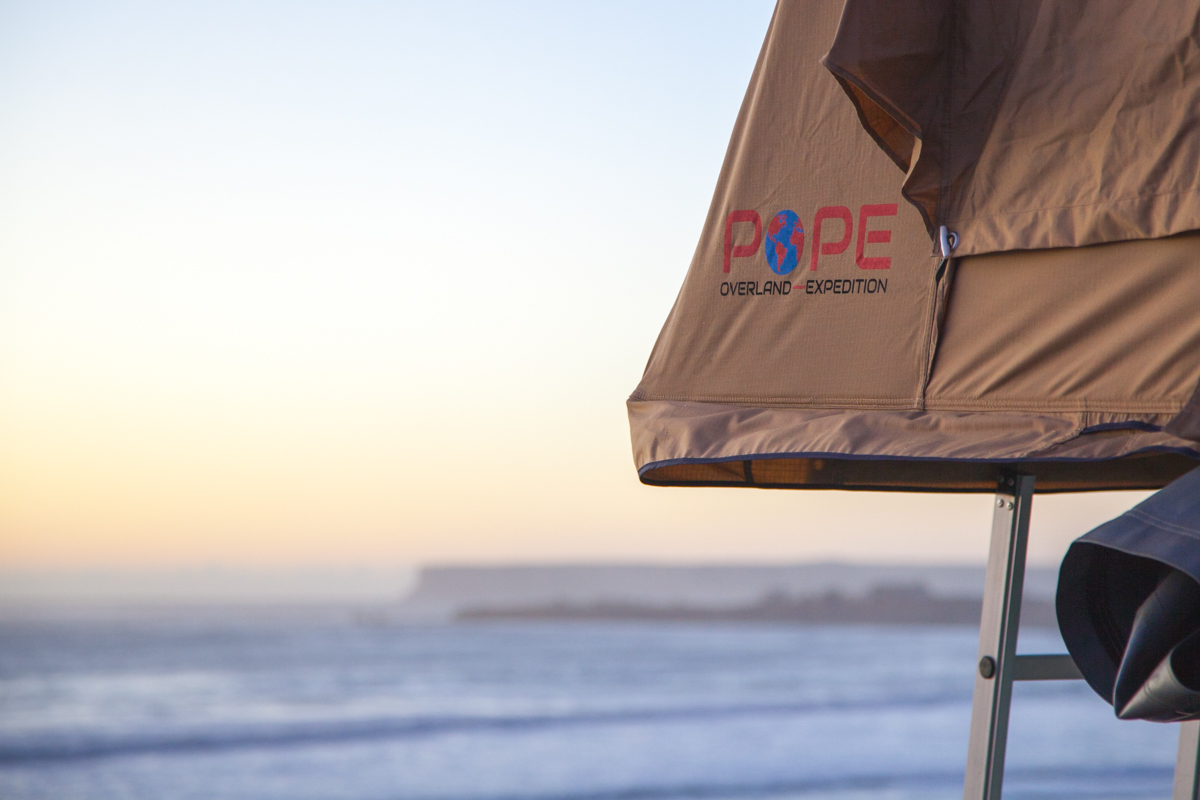
Buy Once, Cry Once
I had heard this mantra uttered a hundred times growing up around car guys and it never resonated with me because I had never truly spent a lot of money to build cars. I would upgrade parts when the original parts would fail, but with Hondas and Acuras parts failed so little that I often didn’t need to weigh my options. I could afford to put good parts back on because the next part failure was likely far away. The bus was different, we were building it completely from scratch.
As we built our bus, we spent nearly as little as possible. When we started searching for a freshwater tank, the used tank on craigslist that was $40 was the ticket even though it didn’t actually fit anywhere properly. We replaced the water tank (and most of the kitchenette) exactly one year into traveling with a proper and new unit. When we wanted to bring along our bikes on the rear of the bus, we opted to DIY weld a rear hitch and buy the cheapest bike rack on Amazon. The cost of the first solution was around $200. When we replaced the hitch and rack in less than six months it was $600. Save yourself the hassle and the expense and buy the proper gear, equipment and supplies the first time around.
We have since begun evaluating the items that we buy on their longevity, where it is made, and it’s ability to be repaired and serviced over time and we have really enjoyed the results, even if it takes us a little bit longer to save up for it.
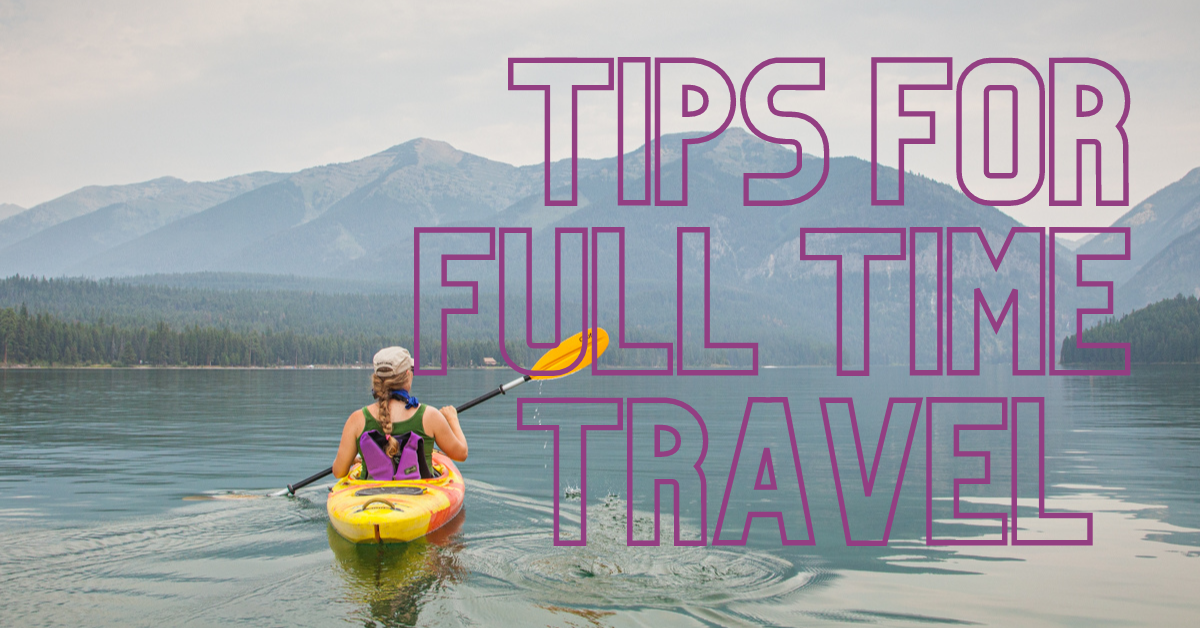
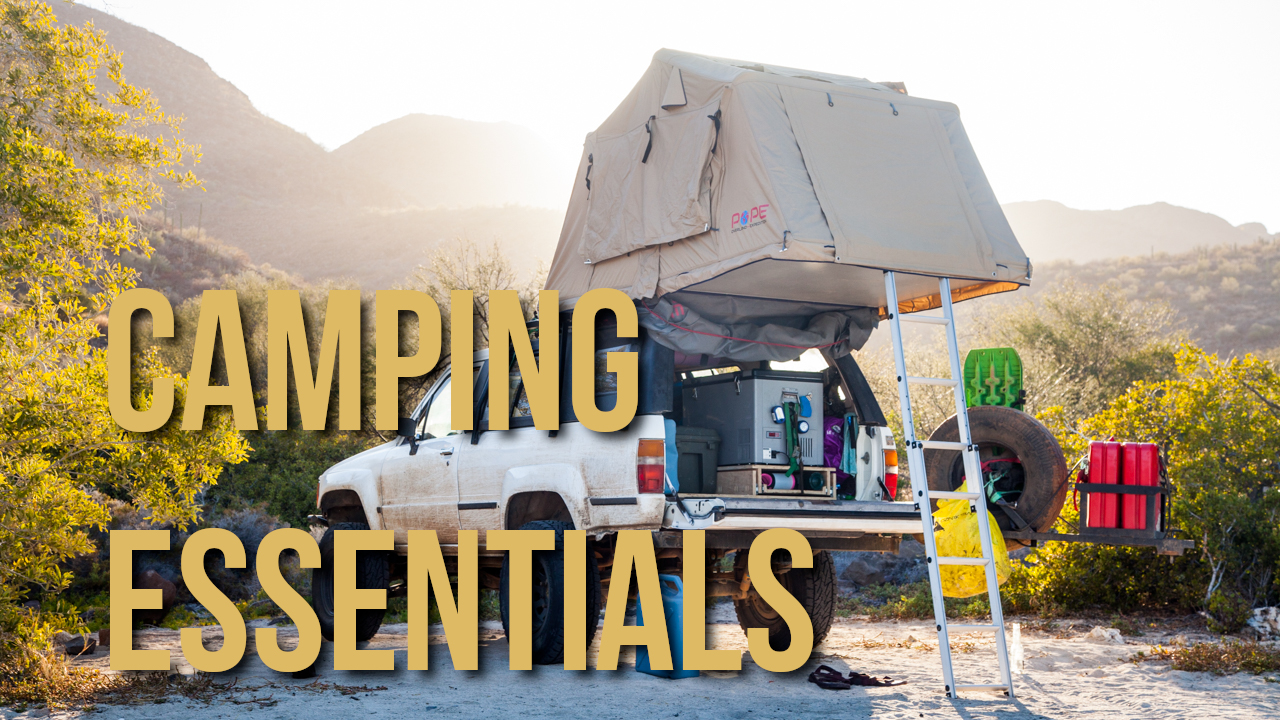


Great article, I can’t wait to get on the road when my bus is finished!
We miss it everyday and are working toward getting back on the road ASAP.